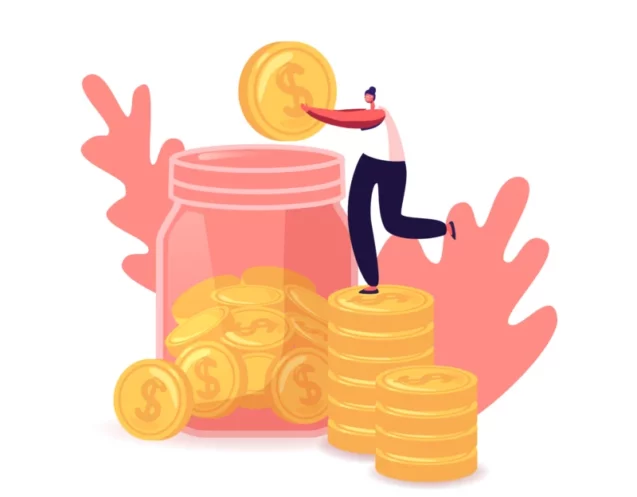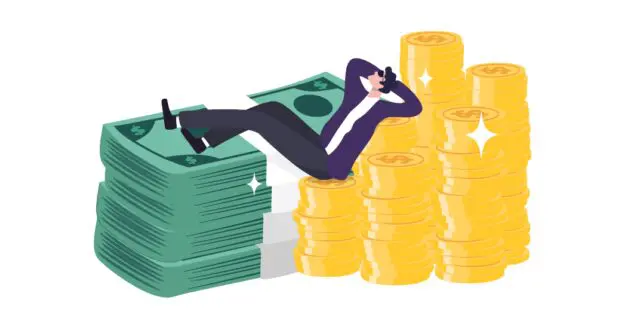Categories


The biggest trending topics on social media are usually centered around consumerism; we’re constantly told to buy this item, try that fashion trend, or visit the coolest, newest spot in town.
Recently, however, there has been a movement gaining steam on social media geared toward doing the exact opposite. Many users are discussing ways to be more mindful of their finances and some are even practicing what has been called “financial minimalism.”
Let’s break this down, starting with the concept of financial mindfulness.
What Is Financial Mindfulness?
Financial mindfulness is the act of being more aware of what we are doing with our money. Easier said than done, right?
Here are a few questions we can ask ourselves to get the mindfulness ball rolling: What things am I spending the most on? Do I have recurring expenses, and if so, what are they and do I need them? Where do I want to be financially five or ten years from now?
Once we have an idea of where we are financially, there are three steps we can take to move forward and incorporate financial mindfulness into our everyday lives:
1. Shop Intentionally
Always be intentional when shopping.
For groceries, create a shopping list and stick to it. (Bonus tip: never shop for groceries hungry – that’s a recipe for disaster!) Having a plan will help avoid spending money on items you won’t use before they expire.
For other items, such as clothing or household goods, take the time to research options rather than impulsively spending. If possible, choose high-quality pieces that will last. While you may pay more upfront, you will save in the long run by not having to replace the items as often (or ever!). help them understand trade-offs.
2. Keep an Eye on Your Expenses
It’s a good idea to keep track of your income and expenses on at least a monthly basis. Create a monthly budget that breaks down how much you plan to spend for each category and try to stick to it.
Check that you aren’t paying for things you don’t need … did you ever cancel that free trial you signed up for last month?
3. Put Things in Perspective
Make a mental note of what you make hourly and keep that in mind before making big purchases. Suppose you make $20 an hour and want to purchase a $500 gaming console. That gaming console is equal to 25 hours of work – just over 3 standard working days. Keep that math in mind to make more well-thought-out financial choices.
Financial mindfulness doesn’t mean we can’t ever have fun or spend money on non-essentials. The goal is simply to be more aware of what we’re spending our hard-earned money on so we can make better decisions for our personal financial situation. It’s a journey that will grow and evolve for each of us over time.
So that leads us to our next trending topic: financial minimalism.
What Is Financial Minimalism?
Some people choose to take their financial mindfulness journey to the next level and practice financial minimalism.
Minimalism is all about simplicity, and financial minimalism is no different. People who practice financial minimalism focus on just the essentials with regards to their finances.
This can mean different things for different people. Some only purchase the things they absolutely need and nothing extra. Others refuse to take on any debt at all – if they can’t pay for it in cash, they don’t buy it – or stick to a very strict budget.
One common minimalist tactic that is gaining traction on social media is the idea of the “no buy” challenge.
The No-Buy Challenge
A “no-buy” challenge is exactly what it sounds like! Participants challenge themselves to avoid buying certain things for a set period of time. How does that actually work, though? It’s simple!
First, choose items to avoid buying. These can range from books to clothing to so much more! Some families even try to “shop their pantries” – creating meals only using the food items they already have in their home. Any category of item that you notice you’re spending too much on can be the focus of a no-buy challenge.
Next, choose a period of time for the challenge. Do you want to try to make it a full year, or maybe start off easier and aim for just a couple weeks? Pick a timeline that is realistic for you and stick with it.
Ready, set, go! Start the challenge and try not to spend money on the items you specified at the start.
But this begs the question: how does this challenge actually improve our finances over time?
“No-buy” challenges are beneficial because they help us reflect on the things we need rather than the things we want. Nowadays, we can purchase items in the blink of an eye or the tap of a smartphone. Taking the time to pause and restrict that shopping impulse can help us realize that we really don’t need to purchase quite so many items. By placing “restrictions” on our buying habits, we are actually establishing new, healthy money behaviors that can have long-term impacts on our wallets (like extra disposable income to put into savings)!
To Wrap Things Up…
Whether you want to go full minimalist or just adopt one or two financial mindfulness practices, you will thank yourself in the long run. Taking the time to think through our personal finances is a form of self-care, just like eating healthy foods or practicing personal hygiene. Once the habit is established, it becomes part of our daily life – and in this case, makes a major positive impact on our financial journey!
This material is for educational purposes only and is not intended to provide specific advice or recommendations for any individual.



